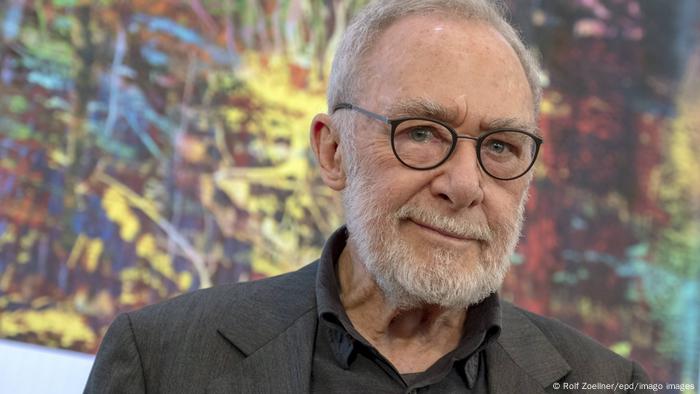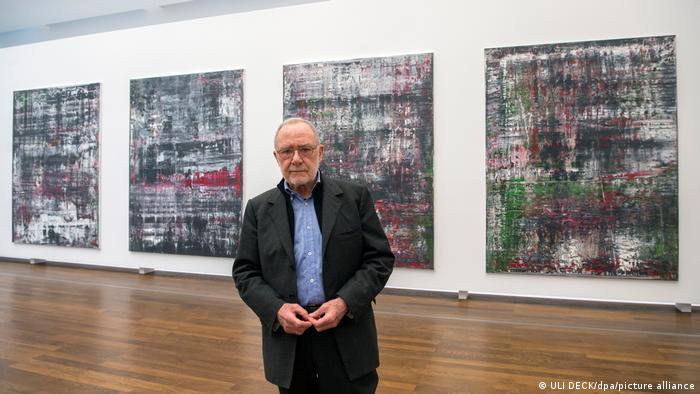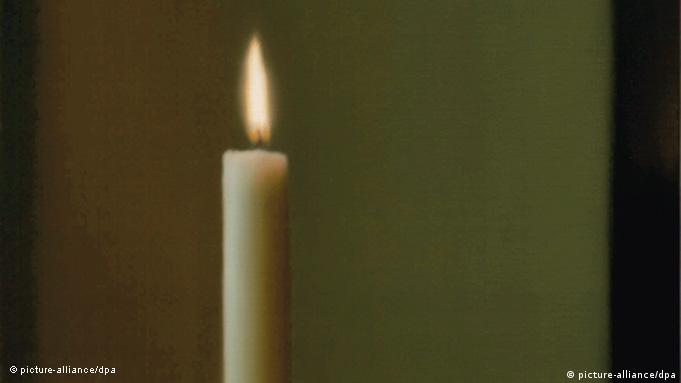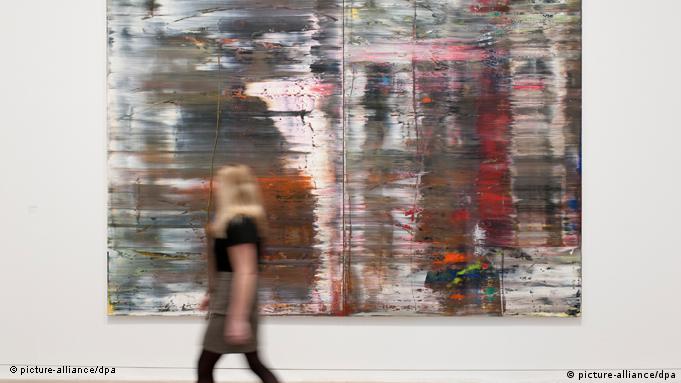The New National Gallery in Berlin is showing 100 works by Gerhard Richter on permanent loan from his art foundation. At the center of the show: the “Birkenau” cycle.

The German painter Gerhard Richter
The exhibition promises to be a magnet for visitors, as Richter is one of the most courted contemporary painters. His works achieve top prices. The collection of paintings that the artist left on permanent loan to the Prussian Cultural Heritage Foundation in 2021, shortly before his 90th birthday, is correspondingly valuable. In the struggle for the artistic legacy of the painter star, Richter's native city of Dresden and his adopted home of Cologne came up empty-handed. Richter chose Berlin, which celebrated the decision as a “sensation”.
The approximately 100 works are now initially on display in the New National Gallery and will later find a home in the emerging Museum of the 20th Century. The current one The presentation bears Richter's signature, as it was created in close collaboration with the artist.
Focus on the “Birkenau” cycle

Gerhard Richter presenting his Birkenau cycle 2016 in the Museum Frieder Burda in Baden-Baden
On view are – in addition to Richter's Holocaust cycle “Birkenau” – almost 90 works from several creative phases since the 1980s, including paintings that appear photographic in a characteristic wiping technique such as “Occupied House” (1989), “4900 Colors” ( 2007) and “Strip” (2013/2016). The show also shows works from the work group of overpainted photos, in which Richter explored the field of tension between photography and painting.
But at the center of the Berlin show is Richter's four-part cycle “Birkenau” (2014) – huge abstract color panels , traversed by deep gray streaks and supplemented by extras in green and red. The works were created based on secretly taken photographs of a Jewish prisoner in the Auschwitz-Birkenau concentration camp in August 1944.
21st Century Picasso

Photography? Painting? Richter blurred the lines between painting and photography
Art critics like to refer to Gerhard Richter, who lives in Cologne, as the “Picasso of the 21st century”. In fact, the native of Dresden is one of the most successful contemporary artists. His works hang in the most important museums in the world. Works with his signature achieve record sums on the art market. The world showered him with art prizes.
Nevertheless, Richter is not an artist you can touch. With Picasso, the pioneer of modern art in the 20th century, he shares little more than fame. Richter also loves women and is married for the third time. But unlike the illustrious Spaniard, Richter shies away from the public eye. He rarely gives interviews and makes himself scarce on the playgrounds of the art world.
In contrast to Picasso, Richter did not make his own biography the measure of his art. Quite the contrary, as Richter biographer Dietmar Elger emphasized in a DW interview: “Gerhard Richter always denied his private life, wherever he painted it.” But Richter does have something in common with Picasso: stylistically, he was constantly evolving. This was already the case for his early Pop Art paintings and first attempts at abstract expressionism in the early 1960s, which he declared “Capitalist Realism”, an ironic response to the official art doctrine of the GDR at the time, “Socialist Realism”.

An abstract painting by Gerhard Richter in a retrospective at London's Tate Modern
Break in style as a trademark
He painted landscapes in the Romantic tradition, cloudscapes and seascapes. Still lifes and portraits were created. Richter carried the representational painting into the time of photography. And he constantly reinvented himself – sometimes with photorealistic depictions of nature or blurred paintings, sometimes with glass and mirror objects, installations and overpaintings or with late, wall-filling orgies of color. A permanent break in style became his trademark. Hardly anyone has explored the possibilities of painting as intensively as the now 91-year-old Gerhard Richter.
The exhibition “100 Works in Berlin” is open from April 1, 2023 to 2026 in the New National Gallery see.